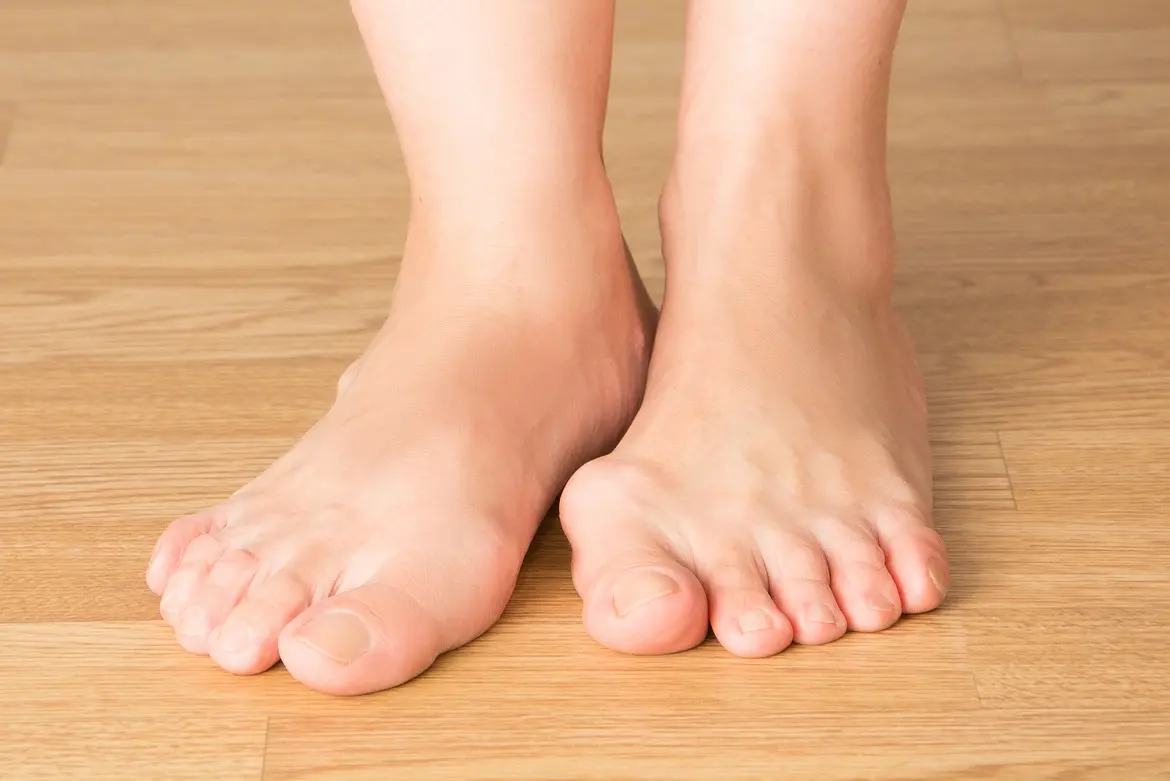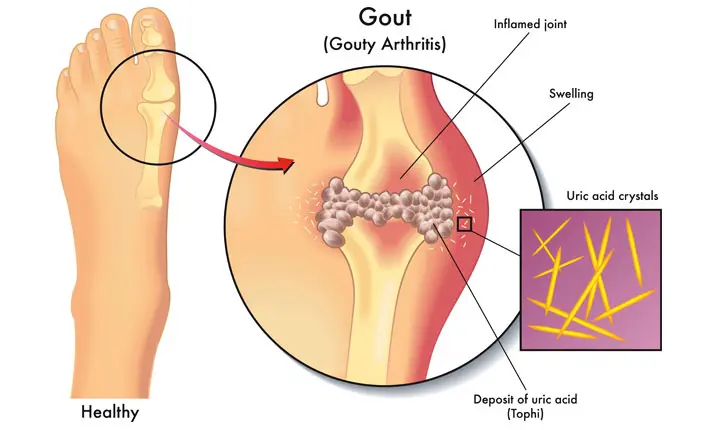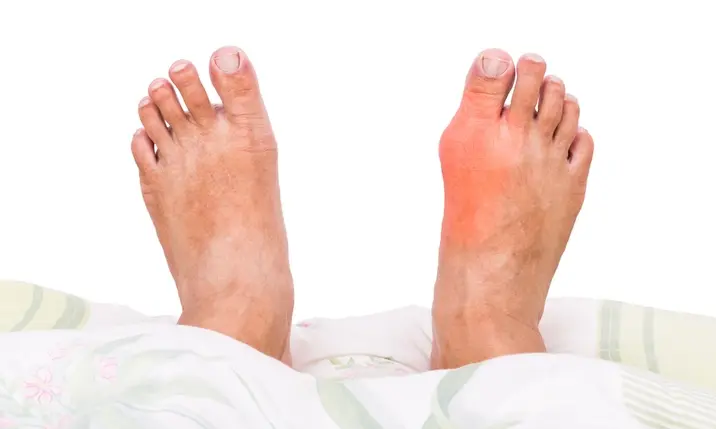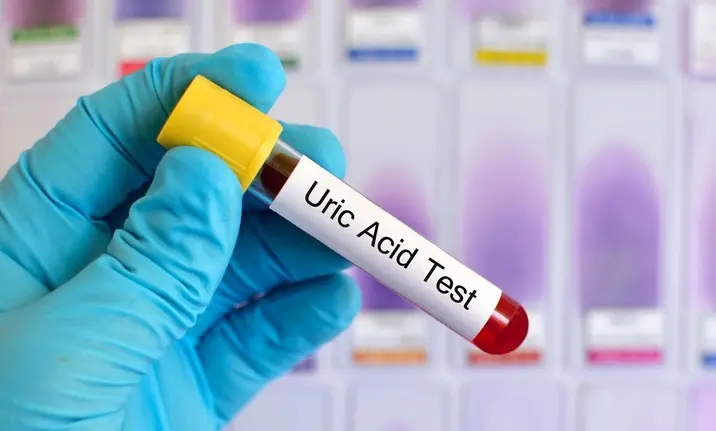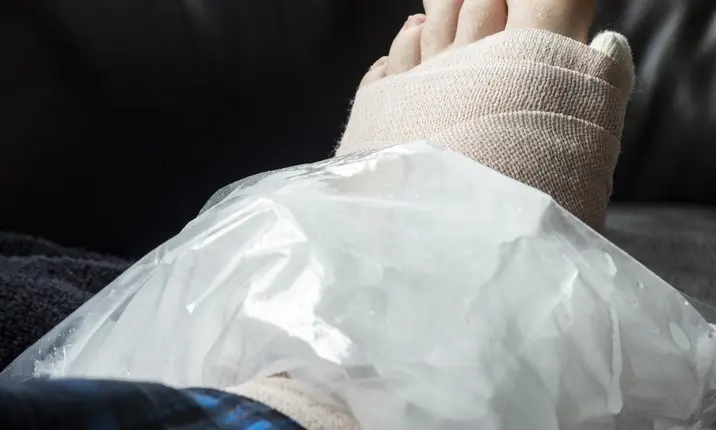What is a gout attack?
A gout attack is a sudden, severe attack of pain, swelling, redness and tenderness in the joints. It usually affects the big toe, foot, ankle, heel, instep and knee. The attack usually occurs suddenly, often waking you up in the middle of the night with the sensation that the affected joint is on fire, leading many people to seek immediate relief from gout pain.
Gout can also affect the joints of the upper limbs such as the fingers or wrists, although that is less common compared to the foot.
What are the signs and symptoms of gout?
Gout is one of the most painful forms of arthritis (joint pain). It occurs when too much uric acid builds up in the body. Uric acid comes from the breakdown of substances called purines. Purines are found in all our body's tissues. They are also in many foods, such as liver, dried beans and peas, red meat and peanuts. Normally, uric acid dissolves in the blood. It passes through the kidneys and out of the body in urine.
Speak to a doctor to learn more about gout and its treatment options.
Causes of a gout attack:
- The body increases the amount of uric acid it makes
- The kidneys do not get rid of enough uric acid
- A person eats too many foods high in purines
When uric acid levels in the blood are high, it is called hyperuricemia. Most people with hyperuricemia do not develop gout. But if excess uric acid crystals form in the body, gout can develop. It can attack the big toe, ankle, knee or elbow joints.
Symptoms of a gout attack:
- Pain
- Swelling
- Redness
- Stiffness in joints
The build-up of uric acid can lead to:
- Uric acid crystal deposits in joints, often in the big toe
- Deposits of uric acid (called tophi) that look like lumps under the skin
- Kidney stones from uric acid crystals in the kidneys
How is gout diagnosed?
Your doctor will ask about your symptoms, medical history, and family history of gout.
For a diagnosis of gout to be made, you must have:
- Hyperuricemia (high level of uric acid in the blood)
- More than one attack of acute arthritis
- Arthritis that develops in 1 day, producing a swollen, red, and warm joint
- An attack of arthritis in only 1 joint, usually the toe, ankle, or knee
To confirm a diagnosis of gout, your doctor may draw a sample of fluid from an inflamed joint to look for crystals associated with gout.
Speak to an orthopaedic specialist at Parkway East Hospital.
How to stop and treat a gout attack?
In an acute gout attack, the doctor will splint the joint with a compression bandage or ice pack.
Medicines are usually necessary to abort an acute attack of gout, and they include:
- Nonsteroidal anti-inflammatory drugs (NSAIDs). Either as oral tablets or intramuscular injections.
- Corticosteroids, such as prednisone.
- Colchicine, which works best when taken within the first 12 hours of an acute attack.
Additionally, there are also medicines that lower the level of uric acid in the blood over the long term. Your doctor may start you on the medications after through checks and discussion with you.
What lifestyle remedies can people with gout do to stay healthy?
- Take the medicine prescribed by your doctor as directed.
- Plan follow-up visits with your doctor and monitor your uric acid level trough regular blood tests.
- Maintain a healthy, balanced diet. Avoid foods that are high in purines (dried beans and peas, red meat, peanuts, alcohol) and drink plenty of water.
- Exercise regularly and maintain a healthy body weight.
Do diuretics taken to control high blood pressure cause gout?
There is no evidence to directly link diuretics usage to gout. However, as the diuretics tend to make a patient pass out more urine, it can lead to dehydration. The dehydration can trigger the formation of crystals. That's why adequate hydration is essential for those taking diuretics for high blood pressure.
To learn more about gout attacks and how to manage them, consult a doctor.
